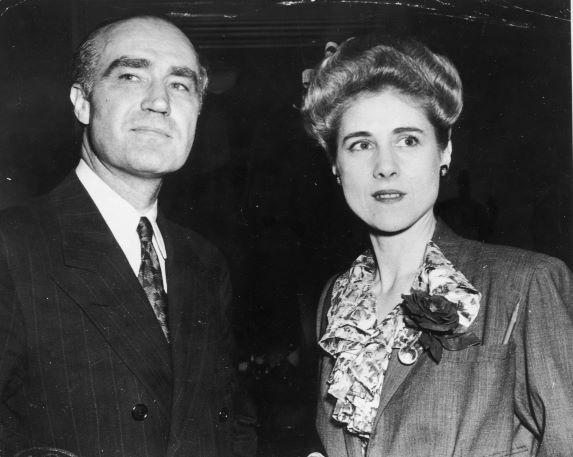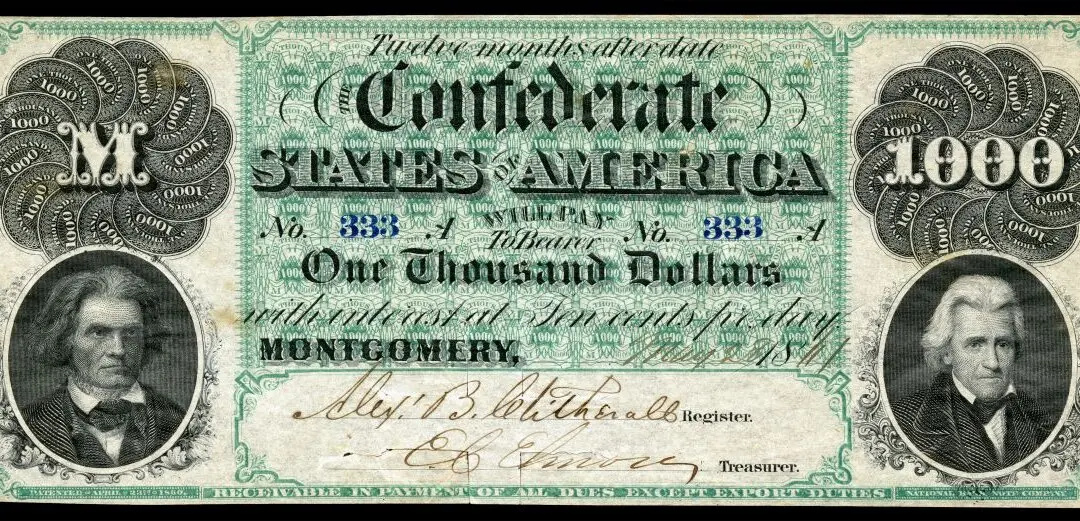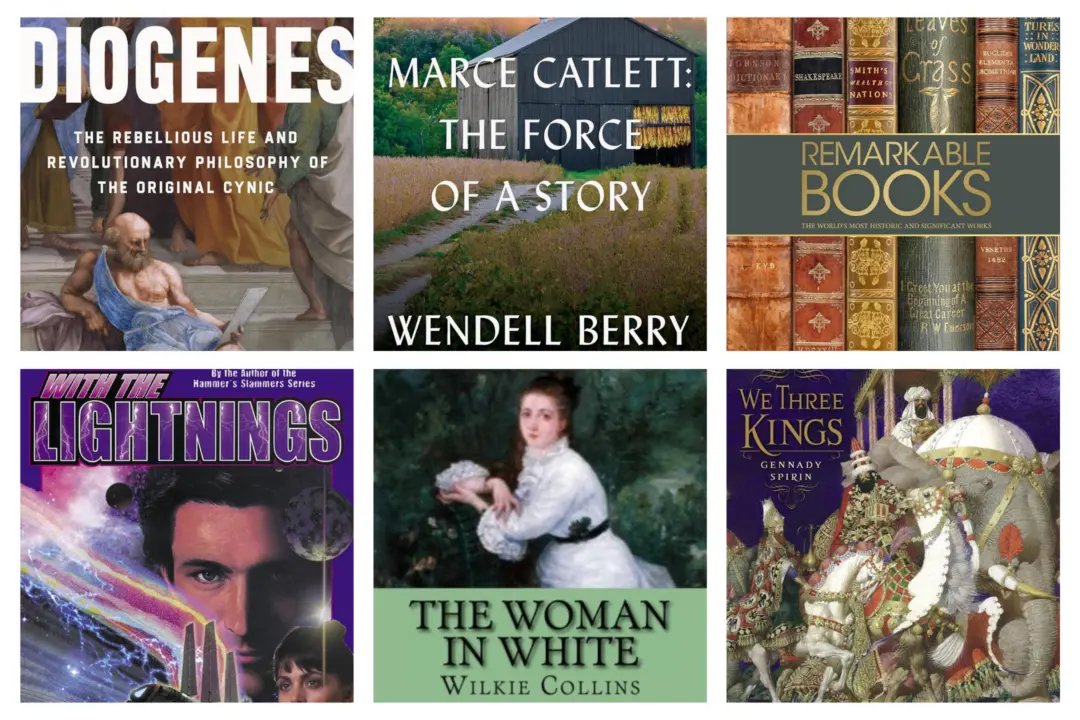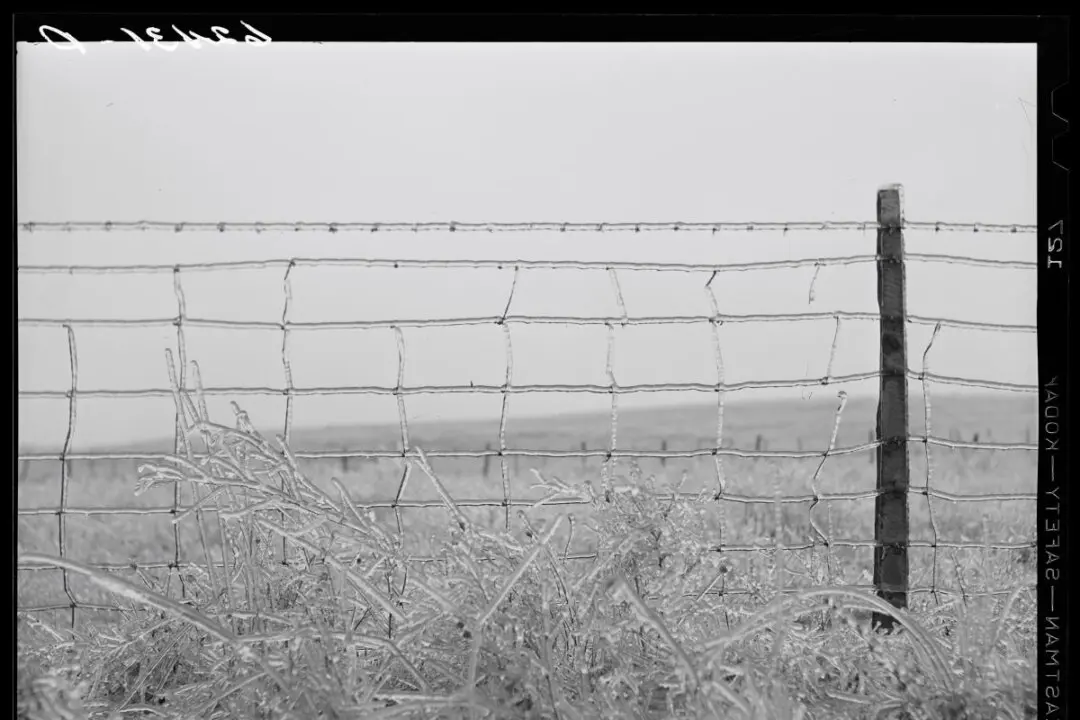“The Noise of Typewriters” is part memoir of Lance Morrow, quasi-biography of Time magazine co-founder Henry Luce, and semi-eulogy for the journalism industry. It is inundated with nostalgia and emanates a sense of sorrow for what he calls the long past “Golden Age” of journalism and those who made it golden.
Morrow is most known for his stellar work at Time as an essayist, and his time at the magazine is where he spends most of his recollections. The title “The Noise of Typewriters” and subtitle “Remembering Journalism” is indicative of the thematic elements of the book. It is a discussion with the reader of how journalism was once the noble profession (“sacred work” in Morrow’s words) championed by talented writers who sought to write the truth (“the sanctity of facts, justly interpreted”) to a public that would take the time to read it.






